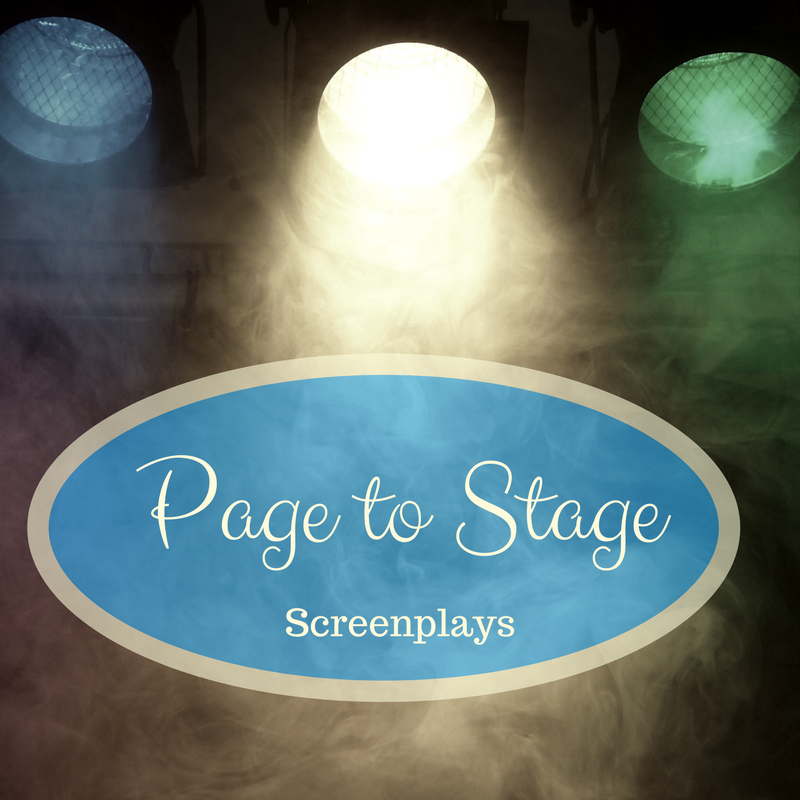Recently, I decided to enter my latest screenplay into another screenwriting competition. Before I submitted my screenplay, I decided to do another rewrite to make it easier to read. I started out with the basic writing rule; storytelling is more about showing than it is telling— especially with screenplays. So there are a few things I wanted to accomplish with this version.
- Tighten dialogue up
- Removing unnecessary repetitions
- Condensing scene descriptions
I hoped to create more white space to make it easier to read. Before screenplays ever make it to the big screen, they will be read by a reader who must read hundreds of screenplays each day.
Thus we must make our screenplays more readable so they stand out amongst the countless other aspiring screenwriter’s work. Screenplays need to be a fast read for Hollywood’s screenplay readers.
“Script readers know about the trend to write shorter paragraphs of scene description so they will likely bring that expectation to a reading assignment. If they see long blocks of scene description, that will probably suggest to them the writer is an amateur.”
Scott Myers (Screen Writer)
If a screenplay is too bulky or wordy, it will never make it past a reader’s desk. So screenwriters need to be able to tell the most visually entertaining story without using a lot of unnecessary wordage that weighs a story down like too much baggage on a plane.
I have read a lot of produced screenplays in the last year and there is an obvious trend towards leaner screenplays. One of the biggest trends in screenwriting today is lean screenplays with lots of white space.
White Space
To be clear, white space is used in all forms of writing, from advertising to poetry and screenwriting, and it is simply the unprinted area of a piece of writing, a blank in a newspaper or advertisement.
White space can even be used in a sentence to structure and pace it. The never-ending sentence. In recent years white space has become a great tool in screenwriting.
Here are a few purposes of white space.
- It unclutters pages of information.
- It allows breathing room for the reader to intake and interpret information for any specific image that is necessary to visualize.
- It emphasizes important elements, leading readers’ eyes to the focal areas of a script.
- It showcases a shift from one visual to the next.
- It gives a reader comfort.
- It helps the reader better understand and interpret the visuals.[2]
Always Remember storytelling is more about showing than telling every minor detail. Leave room for the audience’s imagination and for the production team to put everything else where it goes.
Where Things Go
I am not talking about screenplay structure here, but more about movie production. Like any other piece of writing, screenplays are a combination of information for other people to consume and interpret.
Directors, producers, and production teams need to be able to clearly understand the story and the instructions you put into your screenplay. Huge chunks of information can hinder the ability of others to understand the information in your story.
Writers who don’t study the craft clutter up a page with lots of information and fail to learn the basics of screenwriting.
- Font
- Margins
- Spacing
Amateurs try to manipulate a screenplay’s margins and font to try to fit more information into their screenplays. Spacing keeps the reader from getting overwhelmed and keeps the story flowing smoothly without abusing a page’s white space!

Martin Johnson survived a severe car accident with a (T.B.I.) Traumatic brain injury which left him legally blind and partially paralyzed on the left side. He is an award-winning Christian screenwriter who has recently finished his first Christian nonfiction book. Martin has spent the last nine years volunteering as an ambassador and promoter for Promise Keepers ministries. While speaking to local men’s ministries he shares his testimony. He explains The Jesus Paradigm and how following Jesus changes what matters most in our lives. Martin lives in a Georgia and connects with readers at MartinThomasJohnson.com and on Twitter at mtjohnson51.




No Comments